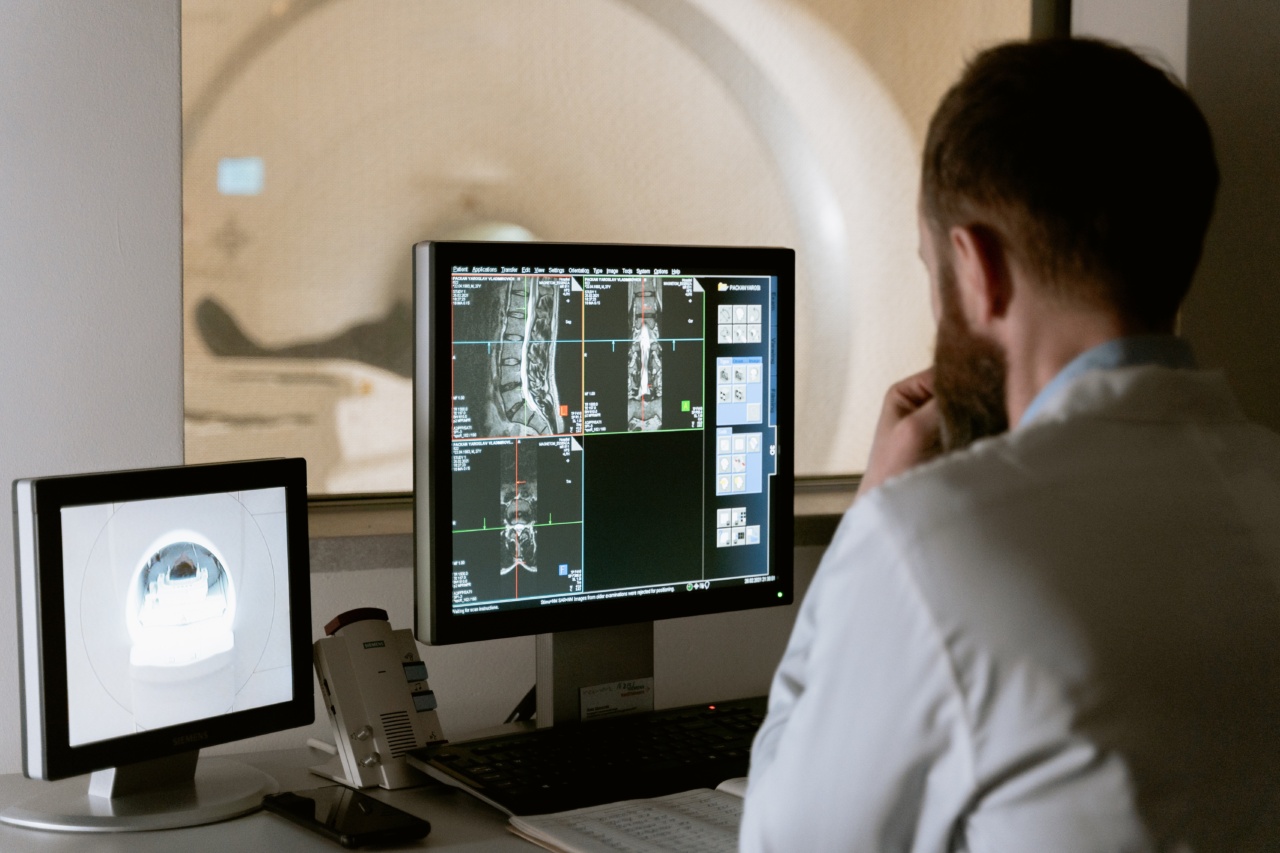Coronary disease, also known as coronary artery disease or ischemic heart disease, is a medical condition characterized by the narrowing or blockage of the coronary arteries that supply blood to the heart muscle.
It is one of the leading causes of death globally, accounting for millions of deaths each year.
While several risk factors for coronary disease, such as smoking, high blood pressure, and high cholesterol levels, are well-established, the potential role of low-dose radiation exposure in the development of coronary disease has garnered interest and remains a topic of research and debate.
Understanding Low-Dose Radiation Exposure
Low-dose radiation exposure refers to the absorption of small amounts of radiation from various sources, including medical imaging procedures, occupational exposure, and environmental factors.
Unlike high-dose radiation exposure, which is known to increase the risk of various cancers and other health issues, the effects of low-dose radiation on cardiovascular health, specifically coronary disease, are still not fully understood.
Research Findings on Low-Dose Radiation Exposure and Coronary Disease
Studies examining the relationship between low-dose radiation exposure and coronary disease have yielded mixed results. Some research suggests a potential association, while others do not find a significant link.
One study published in the Journal of the American College of Cardiology examined the incidence of major adverse cardiac events in a population exposed to low-dose radiation during cardiac imaging procedures. The findings indicated a slight increase in the risk of coronary events among individuals with higher cumulative radiation doses.
On the other hand, a meta-analysis published in the Journal of the American Heart Association analyzed multiple studies on radiation-induced heart disease, including the risk of developing coronary artery disease.
The authors concluded that the evidence for a direct causal relationship between low-dose radiation exposure and coronary disease is limited and inconclusive.
Mechanisms of Radiation-Induced Heart Damage
One possible explanation for the potential association between low-dose radiation exposure and coronary disease is the impact of radiation on the cardiovascular system.
Radiation can cause damage to blood vessels, leading to inflammation, oxidative stress, and the formation of atherosclerotic plaques. These factors contribute to the development and progression of coronary disease. However, further research is needed to establish a definitive mechanistic link between low-dose radiation exposure and coronary disease.
Interplay with Other Risk Factors
It is important to note that coronary disease is a multifactorial condition influenced by various risk factors, including genetic predisposition, lifestyle choices, and other environmental exposures.
Low-dose radiation exposure, if found to play a role, may interact with these other risk factors, modulating the overall risk of coronary disease. Understanding the interplay between low-dose radiation exposure and other established risk factors is crucial to comprehensively assess the impact on cardiovascular health.
Protective Measures and Future Directions
Given the ongoing research and the inconclusive findings regarding the relationship between low-dose radiation exposure and coronary disease, it is essential to follow existing guidelines and best practices for radiation safety.
Medical professionals should adhere to proper radiation dose optimization, ensuring that imaging procedures are performed with minimal radiation exposure while still obtaining diagnostically useful information.
Furthermore, future research should focus on larger, well-designed studies that consider confounding variables and assess long-term cardiovascular outcomes.
These studies may provide a clearer understanding of the potential impact of low-dose radiation exposure on coronary disease and guide the development of more targeted preventive strategies.
Conclusion
While the association between low-dose radiation exposure and coronary disease remains uncertain, the existing research suggests a possible link.
It is important to continue investigating this relationship and to conduct further studies to gain a better understanding of the potential impact on cardiovascular health. In the meantime, adherence to radiation safety measures and the consideration of individual risk profiles remain crucial aspects of management.
Stay tuned for future developments in this field as researchers strive to unravel the complexities of low-dose radiation exposure and its implications for coronary disease.




























